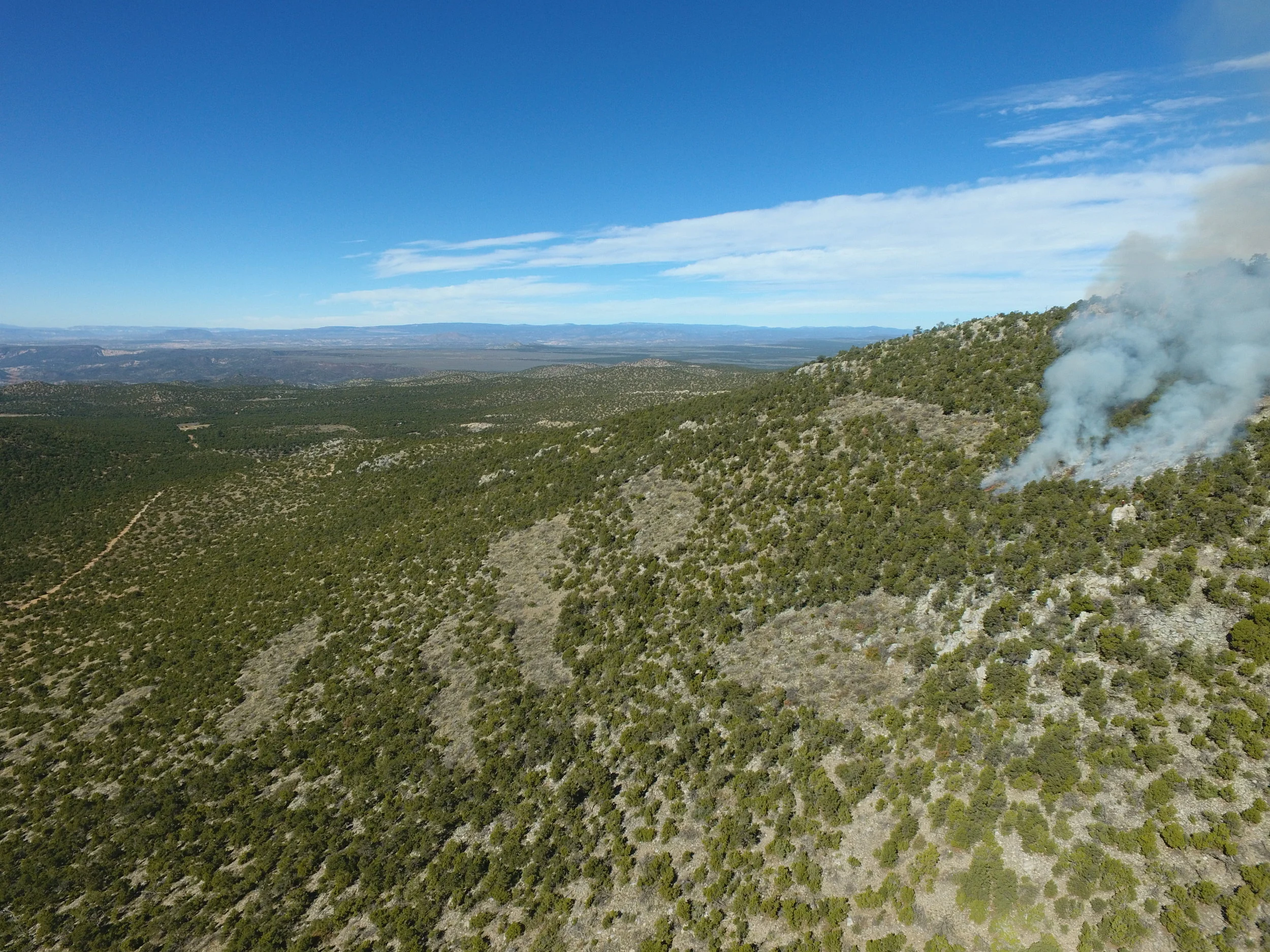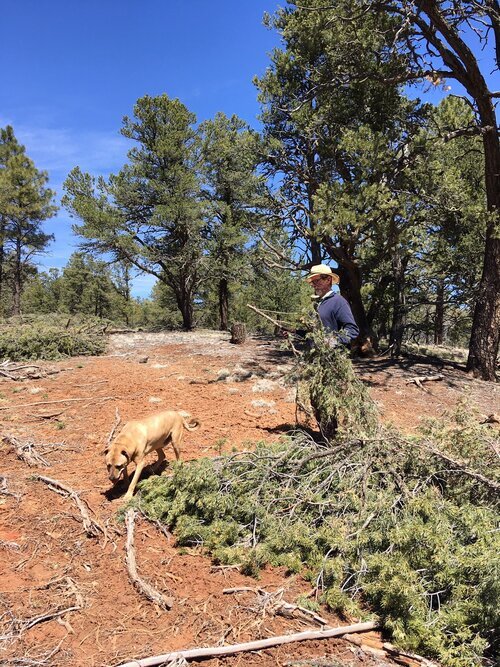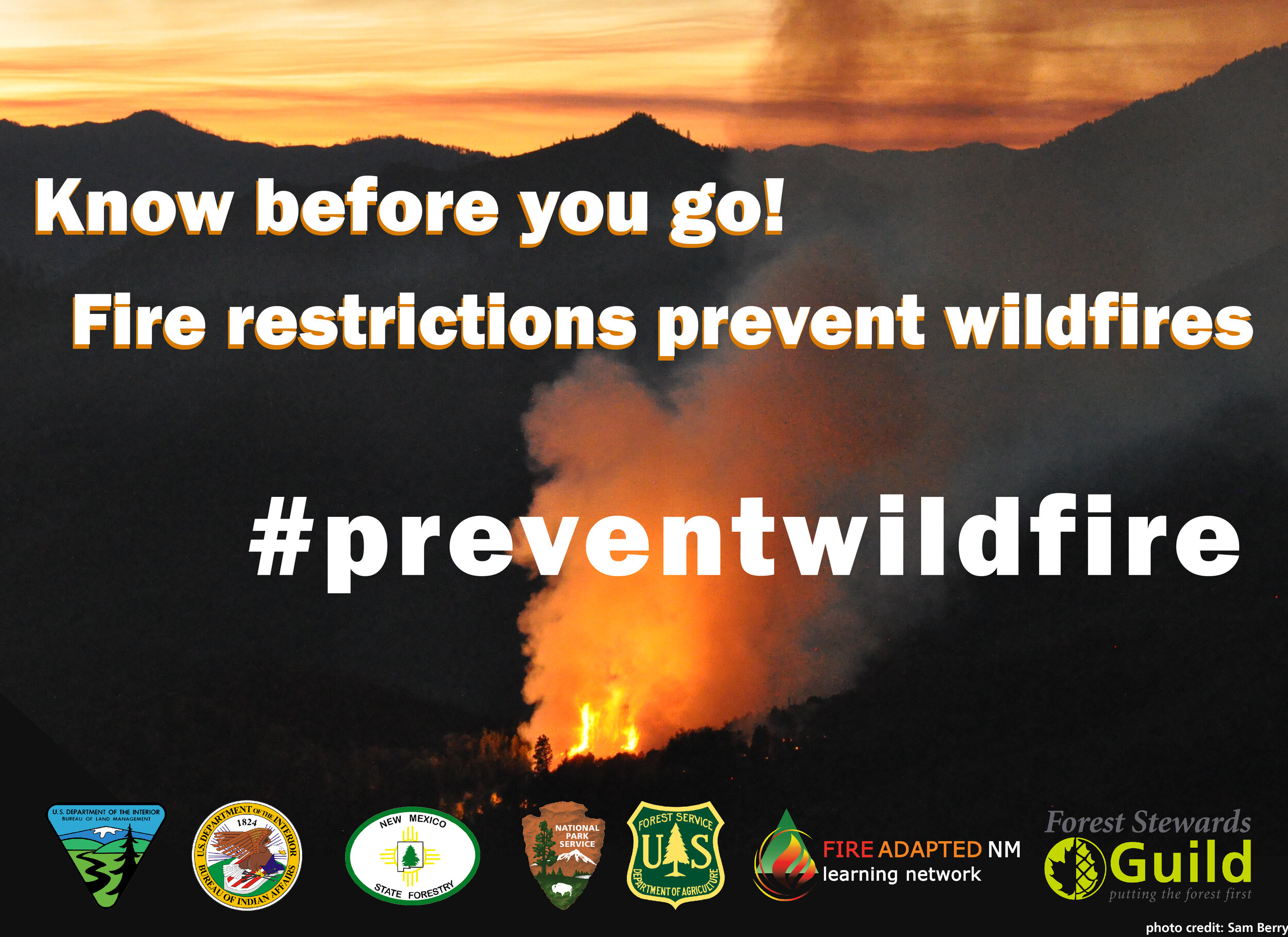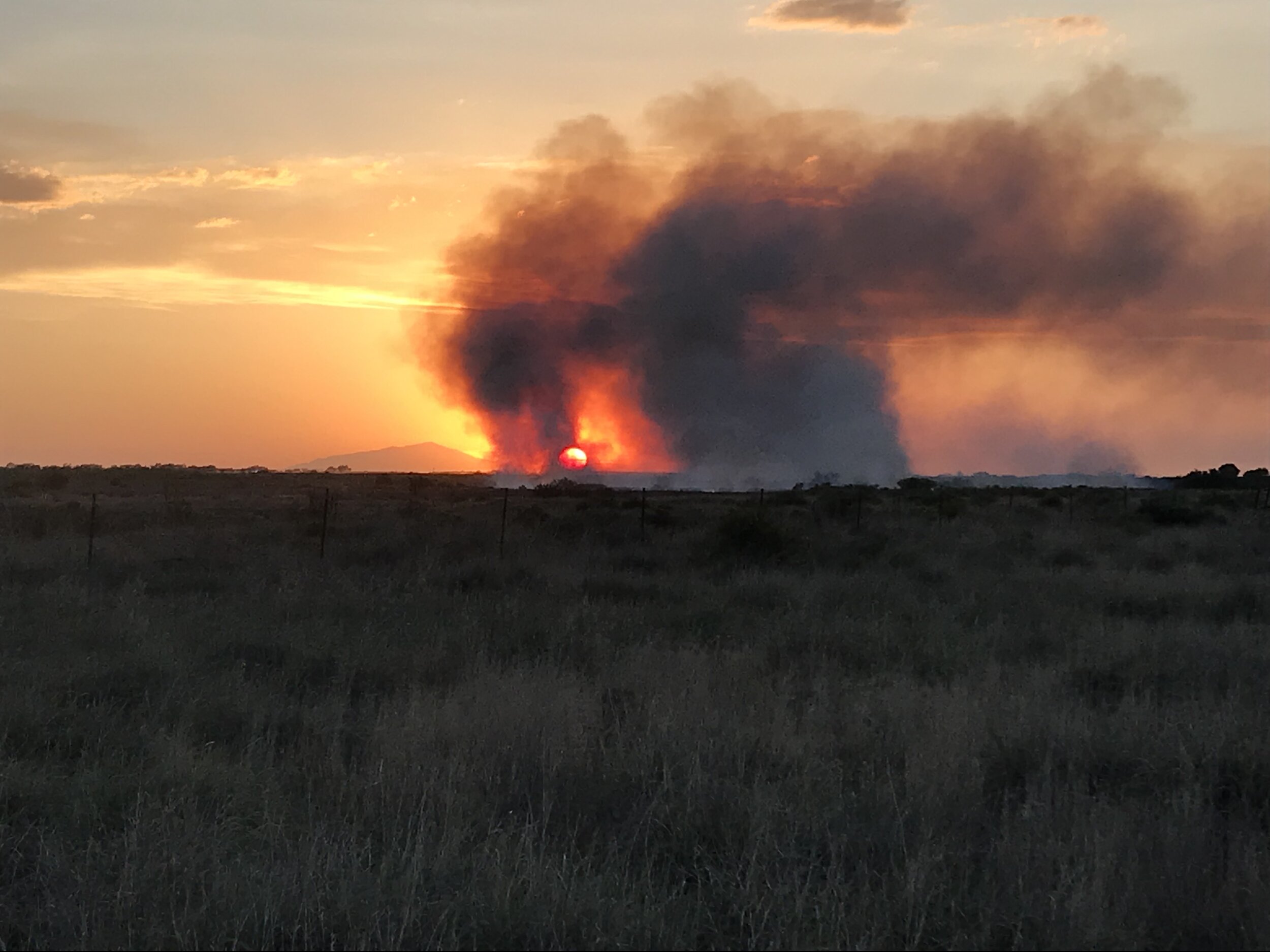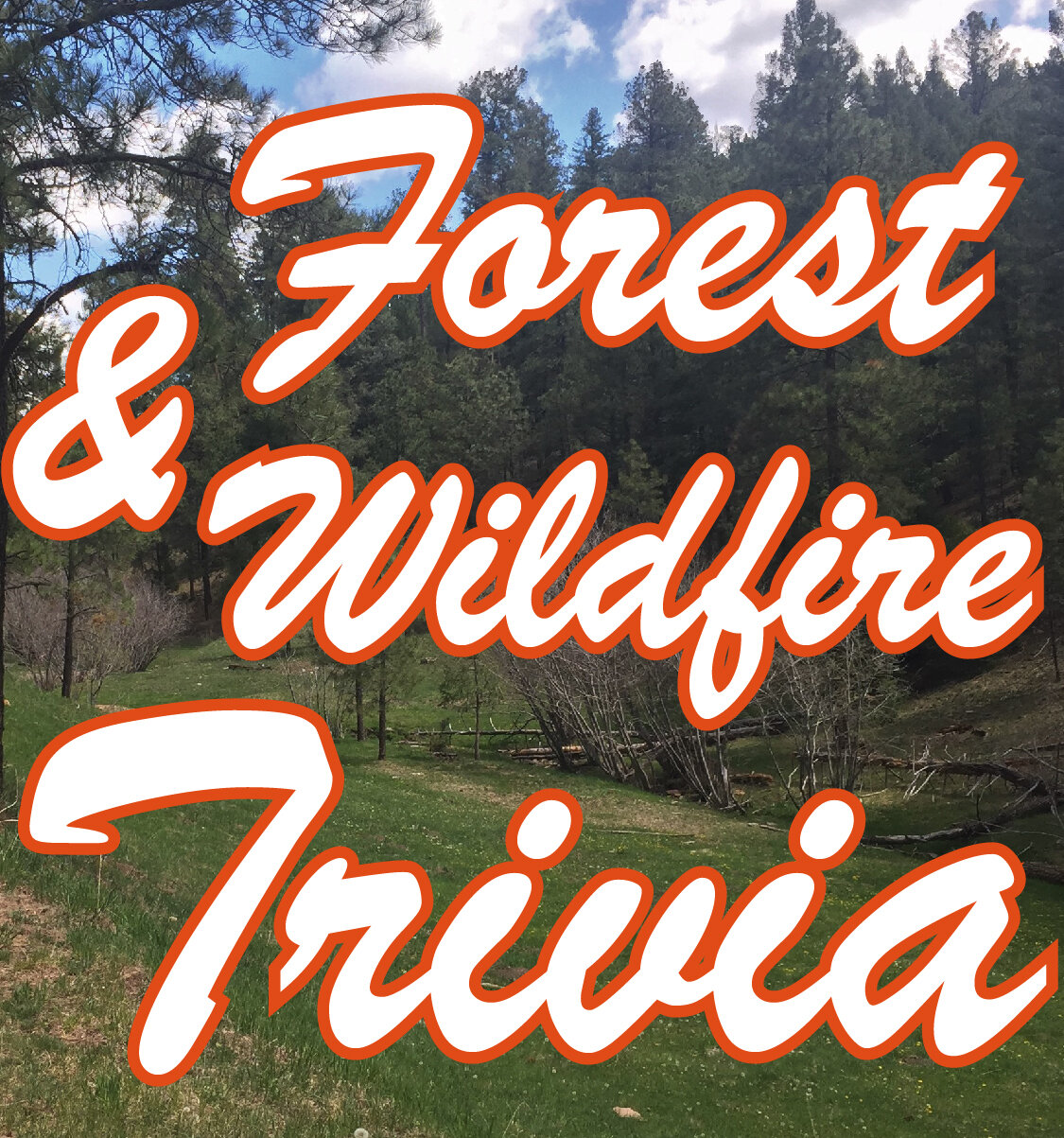Hi FAC NM Members,
Good news. If stored properly, some of the flammable vegetation that you may have cleared from the 30’ area around your house will make great firewood as we head into the colder months. I hope you all are healthy, safe, and warm.
This week’s Wildfire Wednesday features:
An online discussion about the real estate industry’s response to increased wildfire risk
Fire Has a Role: An Educational Campaign
Success Story: EMNRD Forestry Division and Partners Provide Fuelwood to New Mexico Native American Tribes During COVID-19 Restrictions
Best,
Gabe
Calling all Real Estate Agents
Bigger, hotter, and more frequent wildfires are causing increasing amounts of infrastructure destruction, economic hardship, and trauma across the United States. Join the Urban Land Institute (ULI) for a discussion on why wildfire risks and impacts are increasing around the U.S. and how the real estate industry is responding with building design, land use policy, and community resilience solutions. The webinar will feature private- and public-sector experts who are implementing wildfire resilience solutions in their markets and who will share best practices and lessons learned. The webinar will also feature key findings from a new ULI report on wildfire resilience and real estate, to be published Fall 2020.
Webinar Friday, October 30th, at 11:00am mountain time.
To Register for the Webinar, Click Here.
Fire Has a Role
For those of you that missed the presentation at WUFS last week, be sure to check out Fire has a Role. Fire Has a Role is a wildfire awareness campaign focused on sharing the benefits of fire. They have an interactive educational trailer that can be brought to events to help share information with the public about the ecological role of fire.
You can connect with Fire Has a Role by clicking here
EMNRD Forestry Division and Partners Provide Fuelwood to New Mexico Native American Tribes During COVID-19 Restrictions
SANTA FE, NM – The Energy, Minerals and Natural Resources Department, Forestry Division, and its cooperators are working in partnership with New Mexico’s Native American Tribes, Pueblos, and Nations to help elderly and other residents unable to gather fuelwood due to a court-ordered injunction against forest management in Mexican spotted owl habitat and COVID-19 restrictions.
To read the full story, click here.

